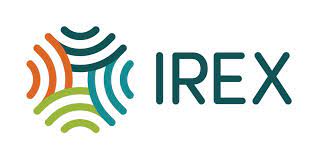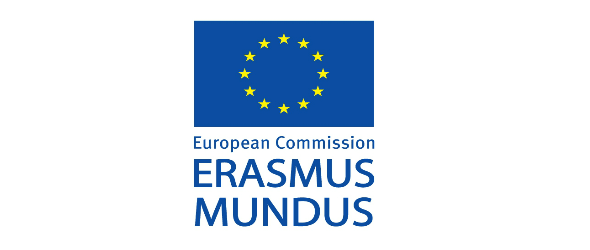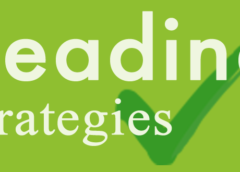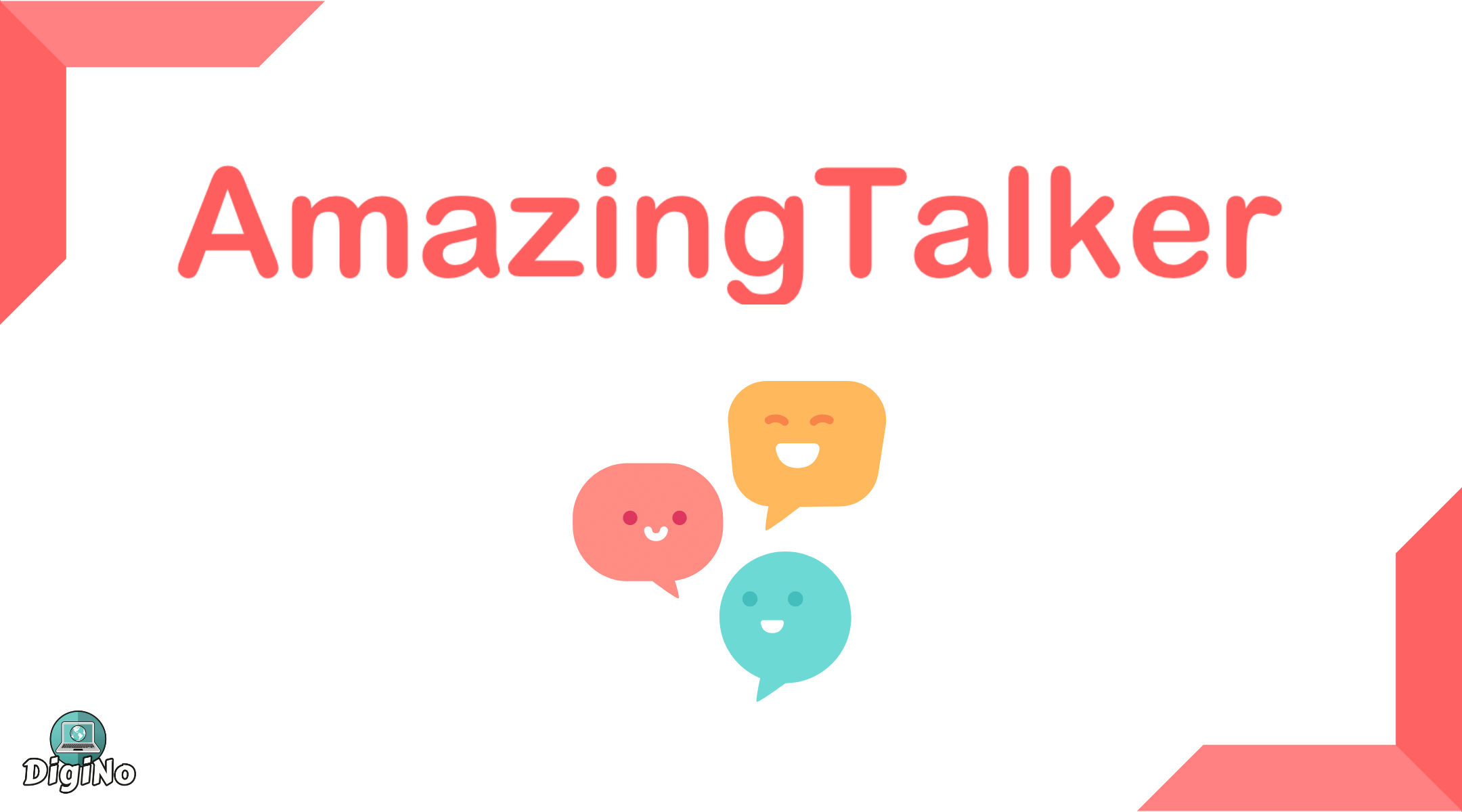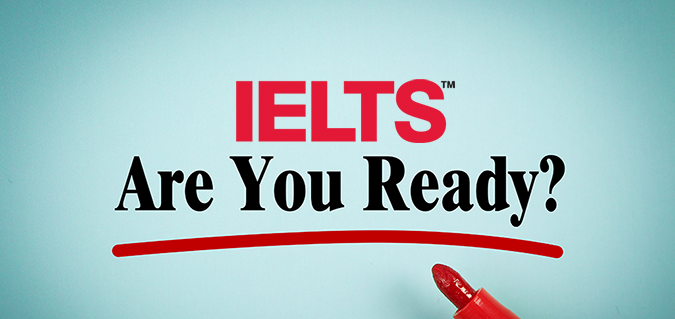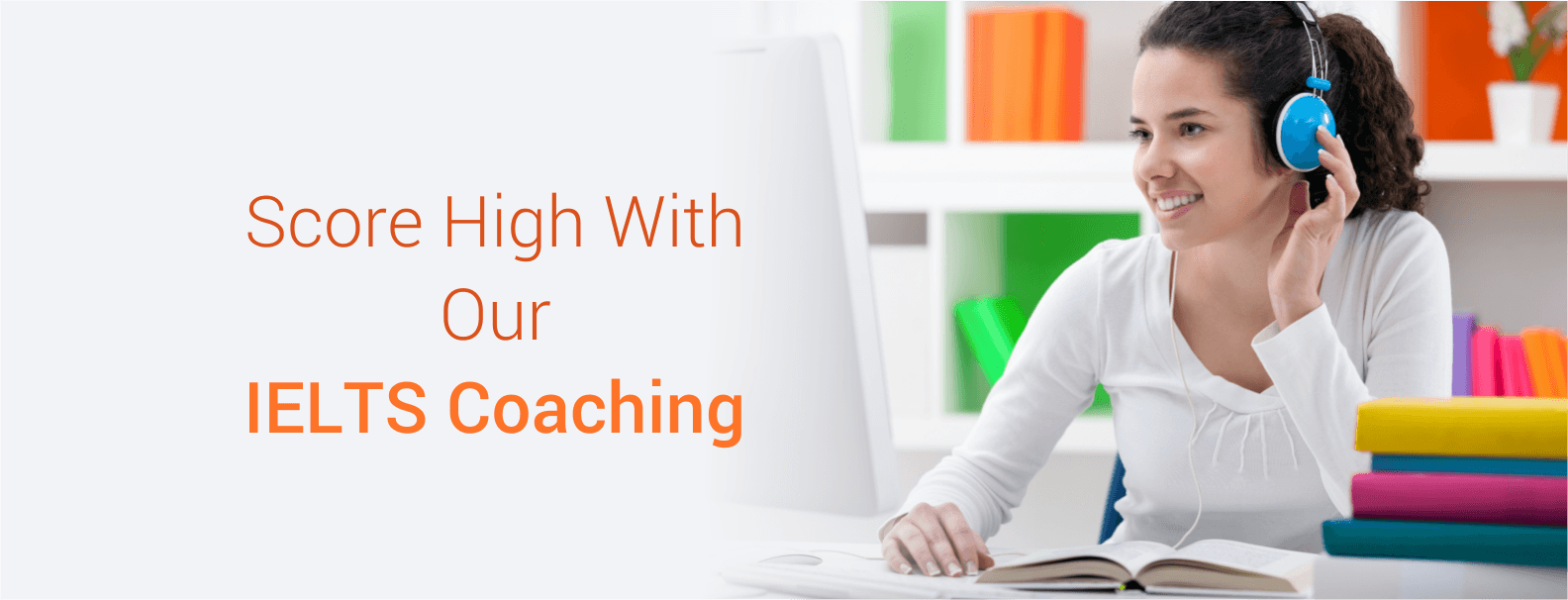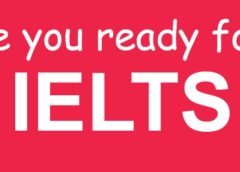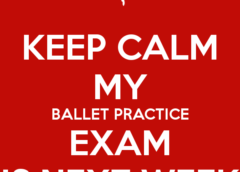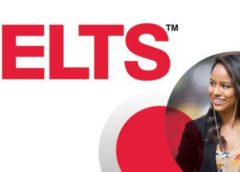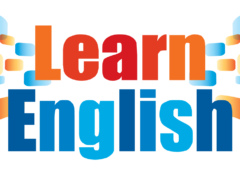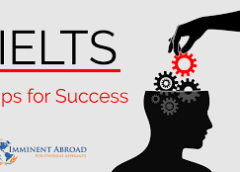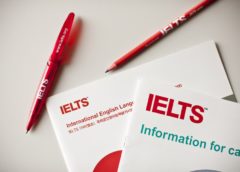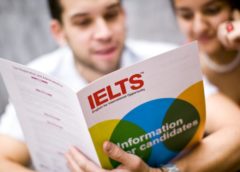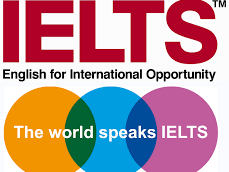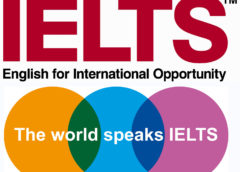Skimming and scanning are two of the most misunderstood and misused skills in the whole IELTS test. Most students think they know what they are and when to use them, but many use them incorrectly or inappropriately.
Lots of students ask how to improve their reading score and most of the time, other students simply state ‘Skimming and Scanning’. They are important, but this simplistic approach will not really help you.
This is not the student’s fault; it is mostly down to poor advice from teachers and books. Many teachers tell students that skimming and scanning are the key to success in the reading test without really explaining what they are and most importantly, when you should use them.
This article will look in detail at what they are and when to use them.
Key IELTS Reading Skills
Telling students that skimming and scanning are all you need to get a high score is wrong because there are not the only key reading skills. On top of skimming and scanning you also need to perfect the skill of ‘close reading.’
I would also say that vocabulary is an even more important skill. It could be argued that vocabulary is more knowledge than skill, but the reading test is just one big vocabulary test in many ways and you need to be aware of how your vocabulary is being tested and how to deal with it on test day.
Let’s look at each of the skills in more detail.
Skimming
This is when you read the whole text or a large part of the text, so that you understand the general meaning. In other words, you read quickly to understand generally what it is about.
When I look at a newspaper I tend to do this, so that I can quickly understand what the stories are about and if I want to read some of them in more detail. In this way, I can read a whole newspaper in 5-10 minutes because I have not been reading every word of each story, but instead just quickly finding out what the general meaning is.
Why do we do this?
Understanding the general meaning of a text will help you scan for the correct information and decide what the correct answer is. It is very difficult to look at one sentence and decide what the correct answer is without knowing the overall context of the entire text.
Scanning
Scanning is when you look for a particular word or phrase. We normally use this skill when we are trying to locate where the correct answer is. This skill alone does not give us the correct answer, rather it tells us the correct location of the correct answer.
This skill is useful because it means we do not have to read the entire text to find the answer. In that way, it is a time saving skill more than anything else.
I use this skill when I am going to the cinema. Instead of reading every single movie and every single time, I will scan the text for the name of the movie I want. It will then tell me the location of the available times and then I can make my decision.
Close Reading
This is probably the most important skill because it is the skill that helps us decide which answer is correct. There is no point in just skimming and scanning without using this skill, because skimming gives us general meaning and scanning gives us location, neither of which give us the correct answer.
Close reading is when we understand a whole sentence or paragraph, so that we know exactly what it all means. In other words, you understand every word and the meaning of the whole sentence. It takes time and concentration and requires you to think carefully about meaning.
You will use this skill when deciding the correct answer.
I use this skill when reading an important email from someone. It is essential that I read and understand every word. If I don’t, I could misinterpret something and send the wrong reply.
Every Question Is Different
There are over 10 different types of questions on the reading test and all of them require a different strategy. Doing them all in the same way will waste a lot of time and will probably result in you getting a lower score than you deserve.
I have watched many students skim the text for every question, despite them being fully aware what the general meaning of the text is. When I asked why they were doing that, they normally said ‘My teacher told me that skimming was important.’ The main reason why we skim a text is to establish the general meaning. If we already know it because we have already skimmed the text, then you can stop doing this.
I have also observed students scanning the whole text when they already know where the correct is. Why? ‘Teacher told me to.’
Instead of skimming and scanning without thinking about the question, you should have a strategy in place for each of the different question types.
Below are some of my strategies:
Short Answer Questions
Multiple Choice
Summary Completion
Matching Sentence Endings
Sentence Completion
True, False, Not Given
Matching Headings Tips and Strategy
Labeling a Diagram
Matching Names
Matching Information to Paragraphs
Think For Yourself
Every single student is different and will do the reading test in their own way. The strategies above are just suggestions. If you have a better way to find the correct answer, then use it. If you want to adjust my strategies slightly to suit your own needs, then feel free.
Do not let a teacher or a book tell you there is only one exact way to answer a reading question because that is not how the human brain works. Everyone has a different style of reading.
I have taught hundreds of students who got a Band 9 in their reading test and all of them had a different technique. Some of them would skim every text before starting the question and some of them would not skim at all. Some of them would carefully scan and locate the correct answer and some of them would carefully read the whole text and not scan at all. They key is to practice and find out the technique that suits you and your reading style.




